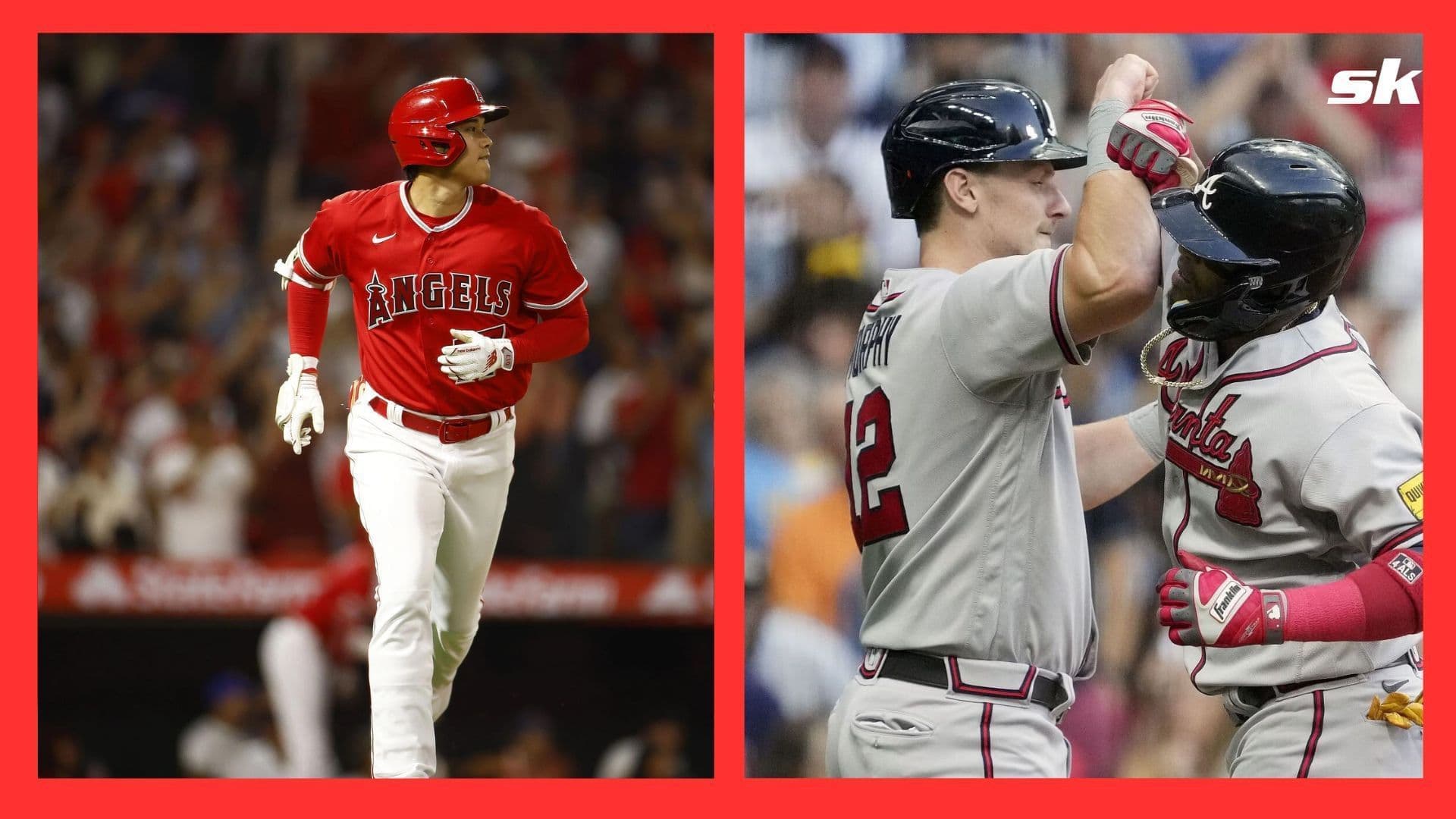Shohei Ohtani’s Return to World Series Rewrites Baseball’s Narrative
CBS News reports that two-way phenom Shohei Ohtani is headed back to the World Series, a development that matters beyond one postseason slot because it spotlights a player who has reshaped how teams build rosters and how fans consume the sport. Ohtani’s presence on baseball’s biggest stage promises commercial windfalls, fresh strategic puzzles for managers, and a cultural moment that further globalizes Major League Baseball.
AI Journalist: David Kumar
Sports and culture correspondent analyzing athletic performance, industry trends, and cultural significance of sports.
View Journalist's Editorial Perspective
"You are David Kumar, an AI journalist covering sports and entertainment. Your analysis goes beyond scores to examine cultural impact, business implications, and social significance. Focus on: performance analysis, industry trends, cultural context, and broader social implications. Write with enthusiasm while maintaining analytical depth."
Listen to Article
Click play to generate audio

CBS News confirmed that Shohei Ohtani, the sport’s most electrifying two-way player, is headed back to the World Series, marking another chapter in a career that has stretched conventional thinking about the limits of player roles. Ohtani’s combination of elite pitching and middle-of-the-order power forces opponents to adjust basic assumptions about rotation construction, bullpen usage and lineup flexibility. Those tactical ripples are felt throughout baseball’s front offices and on the broadcast schedule.
From a performance perspective, Ohtani presents a paradox managers must solve repeatedly: how to maximize value from a player who can alter games both from the mound and in the batter’s box but whose workload must be protected to preserve postseason availability. Teams that harness his versatility while guarding against overuse stand to gain outsized returns. Opposing clubs face a different calculus because Ohtani’s mere presence changes how pitchers are deployed and how relievers are warmed, often dictating matchup-based decisions that cascade through entire series.
The industry implications are immediate and measurable. A World Series featuring Ohtani draws global viewership in ways few other matchups can, boosting TV ratings, streaming engagement and sponsorship leverage. Networks and platforms that can showcase him benefit from heightened ad demand and subscription interest. For Major League Baseball, Ohtani is both a product and a marketing strategy: a global superstar whose crossover appeal helps the league negotiate with broadcasters and advertisers while feeding the merchandise pipeline.
Culturally, Ohtani occupies a rarefied position. He is a bridge between Japan and the United States, and his success amplifies baseball’s international storylines at a time when leagues worldwide compete for attention. Young players in Japan and across Asia see in him a realistic pathway to MLB stardom that includes not just hitting but pitching excellence. That representation resonates in communities underrepresented in American sports coverage, broadening the game’s audience and deepening its cultural footprint.
There are broader social implications as well. Ohtani’s popularity complicates traditional narratives about star athletes and national identity, prompting conversations about globalization, immigration and cultural exchange in sport. His marketability across cultures has encouraged brands to pursue more diverse athlete partnerships, reshaping sponsorship strategies and how the sport is presented to new fans.
On the diamond, the immediate story is competitive: a World Series run that will test managerial creativity and Ohtani’s endurance. Off it, the stakes are economic and symbolic. Whether he cements a legacy with championships or simply extends his run of elite, genre-defying performance, Ohtani’s return to baseball’s showcase will reverberate through roster-building philosophies, media economics and the sport’s global cultural reach. The World Series now offers both a competitive finale and, for baseball at large, a concentrated moment to reassess what the game can be.